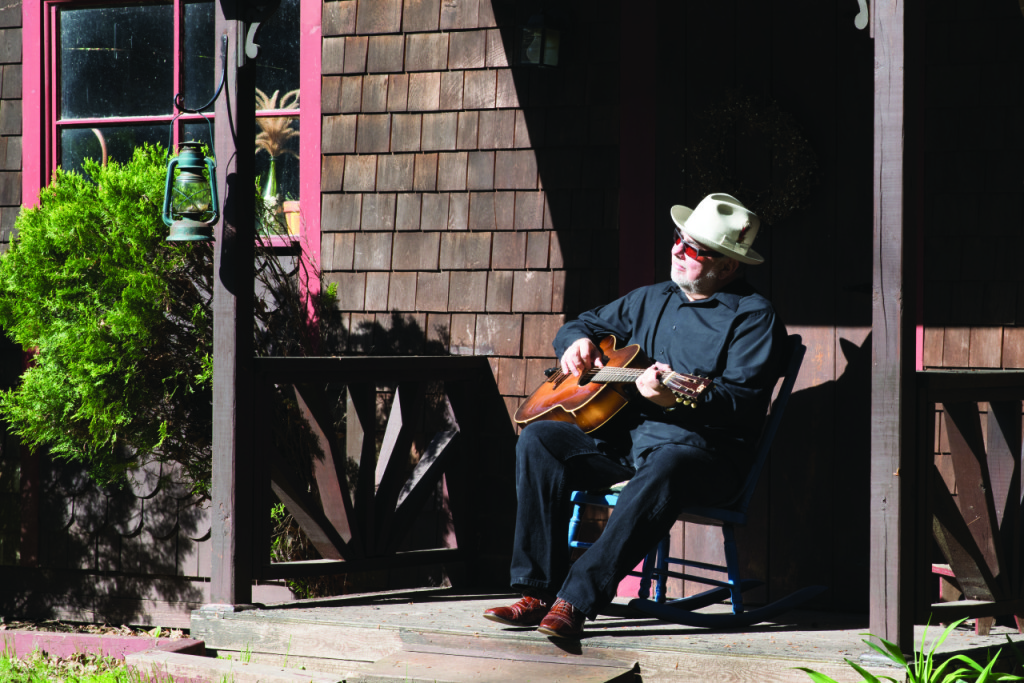
By Mike Cobb
[D]uke Robillard has played with Bob Dylan, Tom Waits, Dr. John, Jimmie Vaughan, The Fabulous Thunderbirds, John Hammond, Robert Gordon, Roscoe Gordon, Ruth Brown, Big Joe Turner, Eddie “Cleanhead” Vinson, Jimmy Witherspoon, Jay McShann, Roomful of Blues and many, many more. Phew!
Duke has repeatedly been awarded “Best Blues Guitarist” by The Blues Music Awards, received a Grammy nomination for his disc Guitar Groove O-Rama and been dubbed “one of the great players” by B.B.King. Duke still tours hundreds of days every year and continues to give guitar lessons online. Watching his instructional videos, one quickly realizes there’s no style he can’t play!
As a guitarist and long time fan, I approached this interview with a mix of nervousness and excitement, speaking to Duke about his roots, some of the greats with whom he’s worked, guitars and his new acoustic album, The Acoustic Blues & Roots of Duke Robillard, which just won Best Acoustic Album at the Blues Hall of Fame Awards.
Elmore Magazine: You’re originally from Rhode Island?
Duke Robillard: Yes.
EM: That’s probably a good place to be situated on the eastern seaboard in terms of touring.
DR: Well, when I really do tours, it kind of doesn’t matter where I live because it’s usually pretty far.
EM: Did you grow up in a musical household?
DR: Not really. My older brother played guitar just for fun, but he did bring home the popular records of the day when he was in high school, which was around 1955-58. So I was there at the beginning of rock n’ roll. He had all the great records by Fats Domino, Little Richard, Buddy Holly, Elvis and all those people. Before that, I had a real love for music. We had some Hank Williams records around the house, 78’s, so I’d get to hear things like that. I really liked Hank Williams. And then I heard the first rock n’ roll, which was rhythm and blues in a way, so that just captivated me, so that was it.
EM: I can only imagine what it must have been like to hear those for the very first time!
DR: Oh, it was pretty amazing!
EM: How did you get into playing guitar?
DR: My brother had his guitar and used to get together with his friends to play and jam. And I wasn’t allowed to play his guitar; he had a Fender Stratocaster. It was probably the second or first year that they made them, because soon after, in ‘56, I was eight years old. So when he was out on a date, or football practice, whenever he wasn’t home, I would go up in his room, take his guitar out, and teach myself to play. Nobody knew I was learning, but I actually taught myself to play that way.
EM: Wow, a ‘56 Stratocaster would be really sought after today!
DR: Well, it was a used one, so it was probably a ‘54 or a ‘55, the first year.
EM: Probably a sunburst I imagine?
DR: Oh yeah!
EM: I know T-Bone Walker is an important influence for you. What is it about his playing that you like the best?
DR: Well, T-Bone’s style, besides being the first really, truly electric blues guitar, he incorporated jazz phrasing in with blues that really swung. It was rhythmically very exciting– and even harmonically more advanced than some guitar players of the time, certainly other blues guitar players. I don’t know. I just took a liking to it. It just came to be all the great things about music, especially about guitar playing.
EM: How did you discover him?
DR: I didn’t discover him until the mid ’60s when he started making records for the Bluesways label. So his records were contemporary at that time. He even played a lot of funky rhythms in the mid ’60s with his band. So I was really taken by his style. But when I finally got to hear his original old recordings, about ten year later, then I couldn’t believe it; I was just blown away. I pretty much just listened to that for a long time and really devoured his style, and it kind of became my style for quite a while.
EM: He had a unique way of playing and positioning his strap off of his shoulder. Do you think that affected his tone and playing style?
DR: Well, his playing style, the way he fingered I think more than anything.
EM: Of course his influence on Chuck Berry was tremendous, and I know that’s someone who was also influential for you as well.
DR: Oh yeah!
EM: I saw that you said somewhere that blues is at the root of everything you do. But your playing also blends so naturally with country, jazz and other musical styles. What do you see as the underlying connection between all these different types of music?
DR: Well, the blues phrasing and the harmony is something that has really been at the root of country music. It’s just basically kind of got a different beat. And swing style jazz is also very straight out of the blues, the soloing and the riffs that horns play and that style of jazz. Even later jazz and even some modern jazz. People like Charlie Parker, you know was a great blues player. And although he was very advanced and played a lot of much more complicated progressions, he was a great blues player and liked to play the blues and composed a lot of blues songs. Not maybe what the general public would call blues songs but they are in the phrasing, in the actual progression, actual blues songs.
EM: How did the blues jump to rock and roll? Jump blues?
DR: Well, I think the blend of what country and western swing was, along with blues and jump blues, you kind of put them together and they kind of equal rock and roll. You take the swing feel from swing or jazz and also the western swing guys played very much in a jazz style, and they played a lot of blues; a lot of the tunes were blues progressions. And Western Swing is like the grandfather of rock and roll, the original rock and roll in many ways. They just fused that style along with the beat and the piano styles of some of the swing and country music and just added the new rock and roll beat, and it’s all very logical really. It’s very easy to trace it.
EM: You’ve had so many incredible encounters and experiences with some of the greats of blues, jazz, and rock and roll. Can you tell me about some of the recent highlights over the years? Things that have been really memorable?
DR: Well the most memorable is a ways back, and most of those people are not with us anymore. People like Jay McShann, Eddie Cleanhead Vinson, Big Joe Turner, Muddy Waters, Jimmy Witherspoon, Roscoe Gordon, those are all people that I’ve produced, played with, or backed up live. Those guys are the real innovators of the roots of rhythm and blues and the pre-rock and roll people. So you know they all had a big impact on me and those were the guys that I idolized. So to work with them, and get to back them up, and in many cases actually produce them and call the shots and play with them at the same time, I mean nothing could beat that! I’m very fortunate to have played with a lot of my heroes.
EM: My goodness, that’s quite a list right there! Incredible! I know that in the early days, you used to share bills with The Fabulous Thunderbirds.
DR: Oh yeah, with Roomful of Blues there were times when they came up our way to Rhode Island, they would open for us, and when we went down to Texas, we would open for them.
EM: And you had the opportunity to jam with Jimmie Vaughan, I know.
DR: Jimmie and Stevie, quite a few times.
EM: Wow. And then eventually you replaced Jimmie, no?
DR: Yeah!
EM: After that, was that when you met Dr. John or was that earlier?
DR: I met Dr. John earlier, but we never gigged together. He’s on one of my records and I’ve played with him on a couple of Johnny Adams records where he was the pianist and got to know him quite well and did co-bills or bills where I opened up for him. I met Dr. John back in the late ’70s when I would open for him starting at the Bottom Line in NY.
EM: And you’ve worked with Tom Waits & Bob Dylan. Any interesting recollections about working with either of them?
DR: Well, sure. With Tom Waits, I just did a two week tour with him, but it was really a wonderful experience. It was great! A lot of fun and he was a great guy to be around. I really enjoyed working with him and hope I get a chance to again. Bob Dylan, we did one tour where it was really fun, and then I did part of a another tour, and he was in a different frame of mind at that point, so things weren’t so fun, and that’s when I left his band. I was only there for a few months.
EM: As a band leader, did he give you a lot of freedom? How does he work?
DR: Well, we spent a lot of time rehearsing, and he was very specific about what he wanted, but as far as solos, you were on your own to interpret your solos. He didn’t tell me how to play like anybody else or what to do. It was really just the arrangements that had to be a certain way.
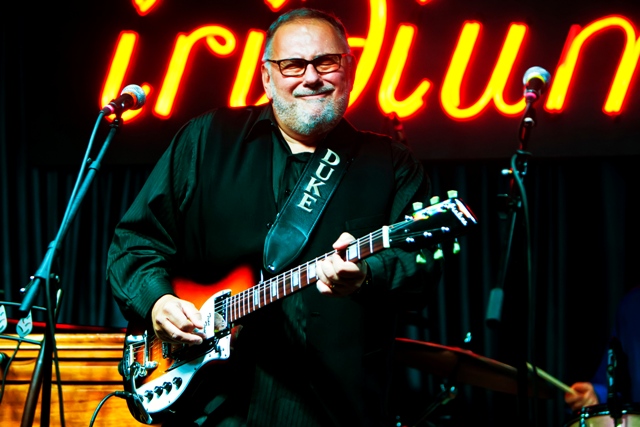
EM: You’ve got a new album out now. Can you tell me about that? Where it was recorded and who’s on board?
DR: My new album… by the way it just won the Acoustic Blues Album of The Year at the Blues Music Awards, a few days ago actually…
EM: Fantastic, congratulations!
DR: Thank you! That album is something really different for me because I’ve never made a totally acoustic album before. It’s a combination of influences both white and black, from blues people like Tampa Red, Big Bill Broonzy to some of the white people who played blues like Jimmie Rodgers “The Singing Brakeman” and the Delmore Brothers who had a bluesy sound. And there are also some classics, like “St. Louis Blues,” that I did with a 20 piece mandolin orchestra. There’s a few tunes of mine that were written in a classic ’20s style, so there’s a lot of different things on there. Hank Williams tunes. There’s a nod to country and the bluesy country side of music from the ’20s, ’30s, and ’40s. So it touches a lot bases. It’s almost like a history lesson in a way.
EM: Can’t wait to hear it! I imagine for each different track, you’re going for a certain sound. Were there certain guitars you were grabbing to get those sounds?
DR: Well, yes, on that album, I had at that time, collected, I hate to use the word collected, I had a lot of rare, very old acoustic guitars, from the early 1900s, a 1917 Gibson, a 1911 Joseph Bowman Guitar, old Gibsons, old Kays, just all really different kinds of guitars that I made the album with. So I probably used five or six different guitars, plus I play dobro style guitar on it, I play mandolin, I play a lot of different things all acoustic instruments, but I played quite a few instruments on there, ukulele, even a Turkish instrument.
EM: Wow! And do you find that old instruments bring better sounds?
DR: Sometimes, not always, but they usually have the sound of the period. For instance one of the guitars I used was made of birch, and nobody makes guitars out of birch anymore. And it was a common wood for cheap instruments in the ’20s and ’30s and also a unique sounding wood. So I used that on a few tunes, and it really achieved a sound that you just can’t hear it anymore.
EM: How would you describe the birch tone?
DR: Well, different guitars respond differently to the wood, but the one I was using had a very dry, hollow, brittle kind of tone that translated really well on a few tracks that I used it on. Very mid-rangey and bit bright, but very unlike anything else today.
EM: Which guitar was that again?
DR: That was a 1930’s Kay Deluxe which had a round sound hole but a carved top. So an arched top but a round hole. Gibson made a lot of those kinds of guitars in the teens and the ’20s.
EM: So you get a little more projection?
DR: Projection and mid-range.
EM: And I’ve seen you play an Epiphone Zephyr Deluxe Regent, which sure is a gorgeous guitar.
DR: Yeah, I used to own one of those. I’m not playing one at the moment.
EM: You trade up a bunch I’ve read.
DR: Yes, I do. I trade guitars. I sell, trade. I like to experience them all!
EM: What do you find you’ve stuck to over the years? What are some of the key guitars you haven’t been able to part with?
DR: Not much really, I’ve got a Gibson archtop acoustic, an L7 that I’ve had for a lot of years. That Kay I’ve had for a lot of years, ‘cuz it’s pretty much irreplaceable. I’ve just had many different years and models of Les Pauls, Stratocasters, Telecasters, 335s, 330s, L5s, Gretches, all the popular guitars.
EM: I’ve enjoyed watching your instructional videos on Youtube over the years. I’ve seen you play a lot of different guitars, and it’s amazing how with the switch of pick position, fingers only, capo, pickup, etc, you’re able to radically change your tone, which is quite astonishing to me. How do you do that?!
DR: Well, honestly mostly it’s in the fingers. It really is mostly how you actually play the guitar. Although the different instruments help the tone to my ears, but to somebody in the audience, they usually tell me, you could be playing a big acoustic archtop or you could be playing a Telecaster. You sound the same playing either one! It’s mostly for my benefit that I change guitars.
EM: So the instrument’s not as important as important as the tone that you achieve personally as a player?
DR: Yeah, it’s taken me about 50 years to learn that, but I’ve finally figure it out!
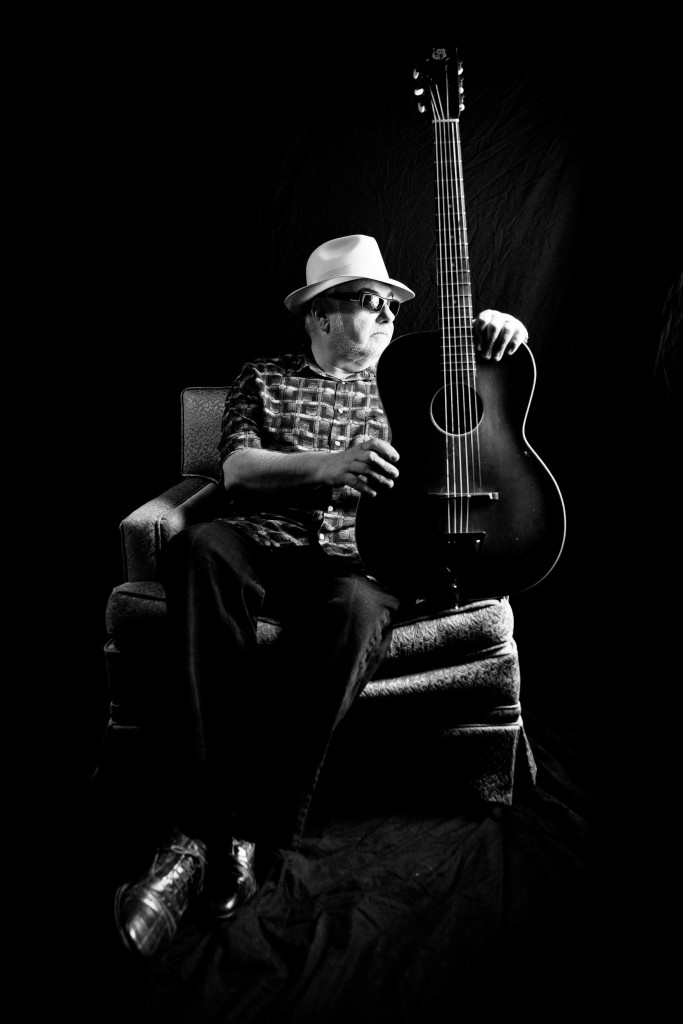
EM: I know you continue to teach.
DR: Yes, I teach online lessons for a company called Sonic Junction. And I do weekly lessons, usually a new song every month. I’ve been doing it for about six years or so, and I have tons of countries all over the world where I have students.
EM: What is that you enjoy most about teaching guitar?
DR: I’ve found that since I’ve been doing this online, a lot of people really want to really absorb the knowledge I have of all the older styles. So people primarily come to me to learn older blues or swing or rock and roll or things that I play. And it’s been very encouraging that they want to concentrate on the older styles. I really enjoy doing it!
MC: Do you find there are groups out there who are continuing on some of the traditions that are contemporary and of this time as well?
DR: Well, I just came from the Blues Awards and for the first year, I like everybody there, and it was seven hours of music! There’s a lot of people that are really gravitating to the traditional side of it and not taking it too far out of context, and a lot of great people. There’s a lot of young people with a tremendous amount of respect for the original genres and playing the music right, so I found that very encouraging and heartwarming.
EM: Anybody that stands out as a great new player? Who are some contemporaries that you admire.
DR: Jimmie Vaughn, Mark Hummel and The Lone Star Golden State Review with Anson Funderburg and Charlie Baty on Guitar; there’s a fairly new group called the Cash Box Kings that I really enjoy. There’s just tons of them now coming out of the woodwork at this point; they’re all good and they all pay a lot of respect to the traditional side of the music and want to play it right.
EM: I know you’ve got a show on Friday the 13th in upstate NY. What can you tell us about that?
DR: Yeah, it’s at The Turning Point in Piermont, NY right outside of New York City. It’s a club I’ve been playing for 20 years. It’s a small listening room, but it’s always a great audience. We love playing there, and we are there Friday night!
EM: Fantastic! Sounds like a show that can’t be missed, and I’m hoping to make it up there myself. Thanks so much Duke. I really appreciate your time. Talking to you has been a pleasure, so much to learn and to hear about. I’ve really enjoyed your music over the years, and I really appreciate that you took the time to do this.
DR: No problem. Come up and say hi if you make the gig!


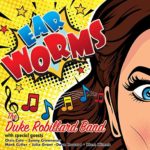
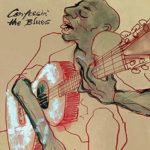
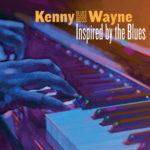
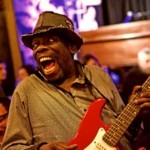

Be the first to comment!